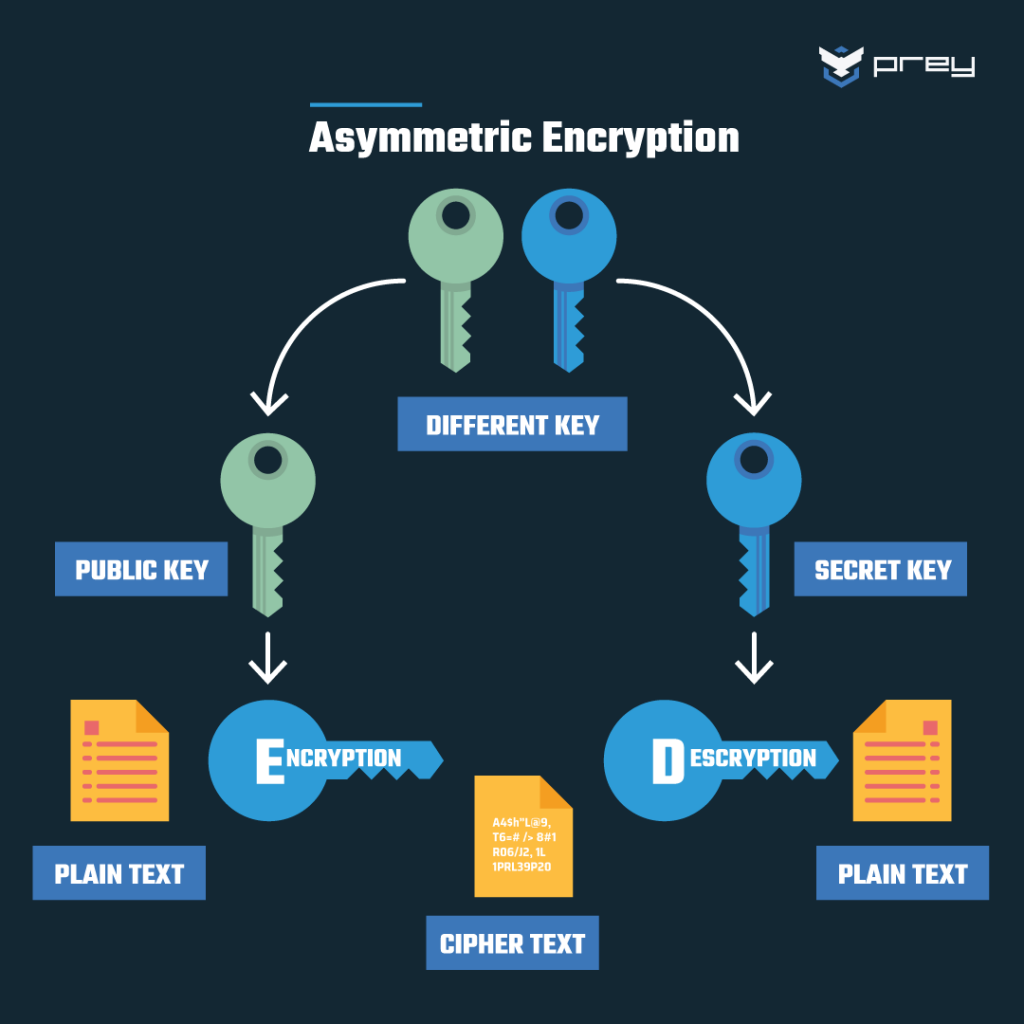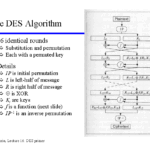Encryption is an indispensable facet of modern information technology, ensuring that our communications remain private and our data secure. It is a realm of constant evolution, wherein cryptographers incessantly evaluate existing methods, seeking to bolster security measures against ever-advancing threats. Consequently, a question arises: how often are new encryption methods created? The answer to this inquiry engenders a broader understanding of the cryptographic landscape and its responsive nature to challenges.
To begin with, one must recognize that encryption methods, generally classified into symmetric and asymmetric algorithms, face relentless scrutiny. Established algorithms, such as AES (Advanced Encryption Standard) and RSA, have served the digital world well. However, the emergence of quantum computing poses significant threats to these traditional encryption schemes, demanding the development of new techniques. Thus, the cadence of new encryption method creation is often dictated by perceived vulnerabilities rather than an arbitrary timeline.
Historically, the frequency of new encryption algorithms can be traced back to distinct events in technological advancement. For instance, the breaking of the DES (Data Encryption Standard) in the late 1990s paved the way for AES. During this period, public interest surged, emphasizing the necessity for robust encryption mechanisms. Such pivotal moments often act as catalysts for innovation, spurring researchers and cryptographers to devise new algorithms. However, these developments are not always straightforward and tend to occur under varying circumstances.
There appears to be a cyclical pattern concerning the introduction of new encryption methods. Periods of intensified academic research often align with technological advancements, creating fertile ground for innovation. On the other hand, periods of stasis can ensue, where established methods are adapted and repurposed rather than replaced. It is essential to note that the cryptographic community emphasizes a cautious approach to the introduction of new algorithms. A new encryption method must undergo rigorous analysis and peer review to ascertain its robustness before gaining acceptance.
The rapid pace of technological advancement, particularly in the realm of artificial intelligence and quantum computing, complicates the timeline for new encryption methods. As the landscape shifts, so too does the imperative for cryptographers to stay abreast of emerging threats. New encryption techniques are crafted continuously, but their emergence is often sporadic rather than routine. One could argue that the real challenge lies in identifying when a new method is necessary, rather than how frequently they can be created.
Moreover, the theoretical basis for new encryption algorithms is constantly expanding. Innovations in mathematical approaches allow cryptographers to explore unique strategies. For instance, homomorphic encryption, which permits computations on encrypted data without requiring decryption, opens a window into previously uncharted territory for secure data manipulation. As research continues to evolve, the potential for new encryption methods increases correspondingly.
The collaboration between academia and industry engenders further opportunities for the development of new methodologies. Corporate entities, recognizing the importance of data security, often invest in research and development. These collaborations yield practical applications of theoretical advancements, resulting in novel encryption mechanisms tailored to specific needs. Thus, the intertwining of academic inquiry and industrial pragmatism fosters a dynamic environment for innovation.
Revisiting historical precedence also reveals the influence of regulatory frameworks on the emergence of new encryption standards. Decisions made by governing bodies, such as the National Institute of Standards and Technology (NIST), set foundational criteria for cryptographic algorithms. When older algorithms fall out of favor due to vulnerabilities, NIST often initiates a process to solicit new designs. This enables the introduction of new methods at periodic intervals, albeit interspersed with lengthy evaluation processes that emphasize reliability.
Considering the complex interplay of technology, research, industry demands, and regulatory influences, the frequency of new encryption methods cannot be ascribed to a simple formula. In days gone by, the unveiling of new mechanisms may have taken years or even decades. However, in today’s fast-paced technological age, an influx of new algorithms may be realized multiple times within the same year. This reflects the rapidity of change that characterizes contemporary cryptography.
Adversities encountered within the digital landscape further substantiate the need for constant innovation. Cyber threats, data breaches, and increasingly sophisticated hacking methods underscore the urgency for security measures that adapt alongside these evolving threats. This presents a playful challenge: can encryption methods keep pace with cyber adversaries who continuously hone their skills? The cat-and-mouse dynamic between cryptographers and hackers reinforces the notion that the creation of new encryption methods will remain an ongoing endeavor.
Ultimately, the question of how often new encryption methods are created cannot be distilled into a singular, mathematical answer. Instead, it requires a recognition of the myriad factors that influence the pace of innovation in cryptography. As technology continues to evolve, and vulnerabilities arise, the necessity for robust encryption methods will persist. Thus, new algorithms will continually surface, even as the landscape of cybersecurity becomes increasingly intricate and challenging.
In conclusion, the question keeps reverberating: how often should we expect new encryption methods? In a world where data security is paramount, the answer is both simple and complex. The rhythm of encryption evolution will perpetually be shaped by the confluence of various factors, underscoring the importance of vigilance and adaptability in the ever-changing realm of cryptography. As we advance into uncharted territories, the creation of new encryption methods remains a crucial priority, ensuring that privacy and security endure amidst the chaos of digital technology.









Leave a Comment